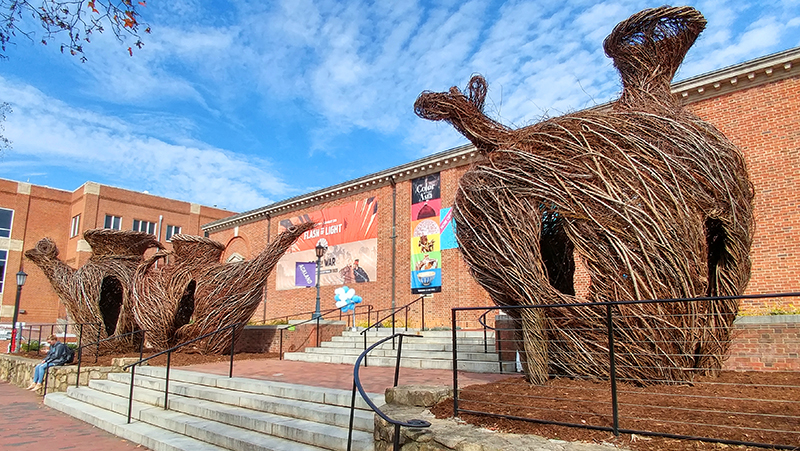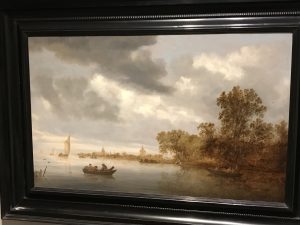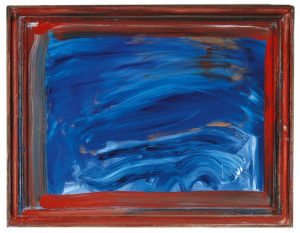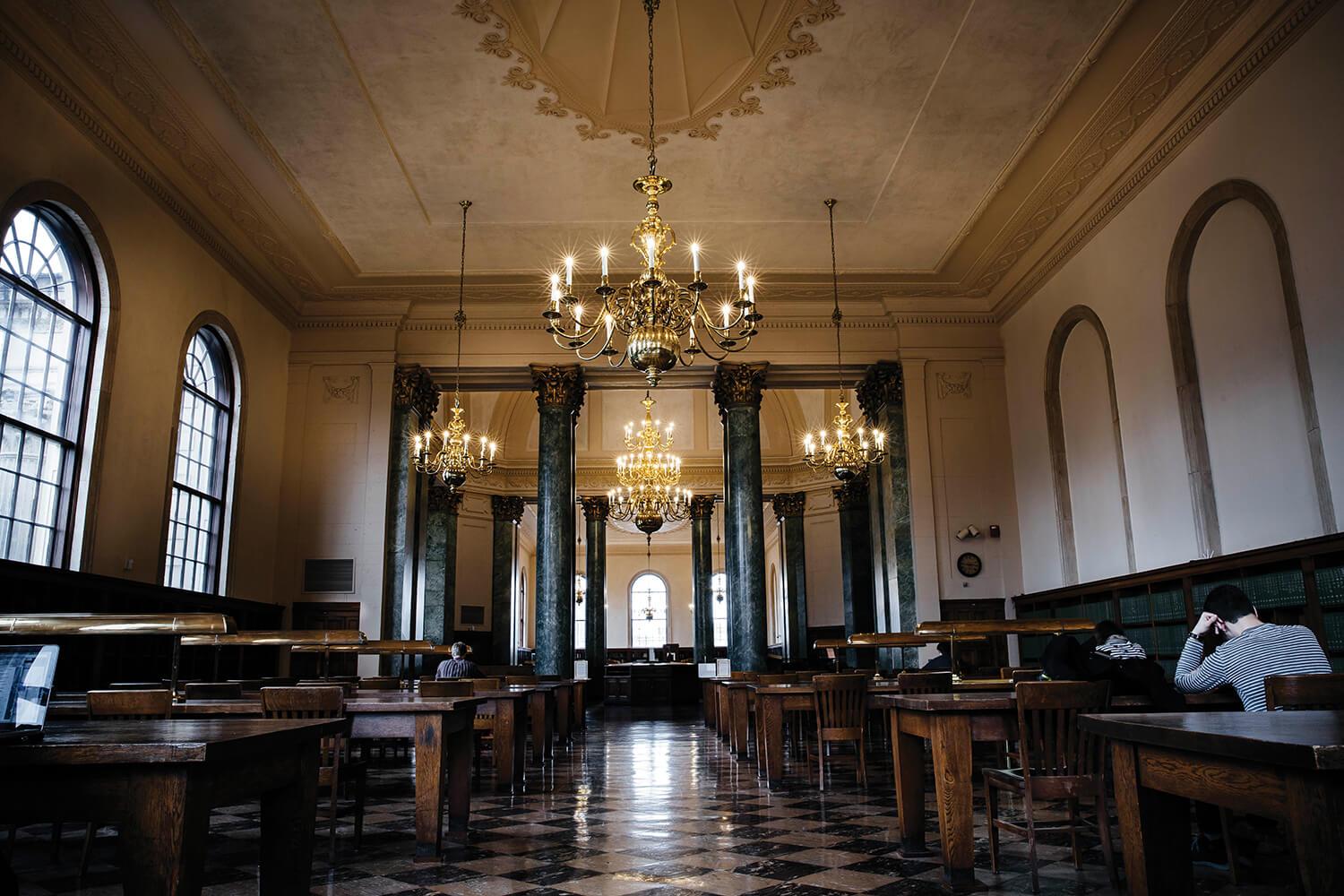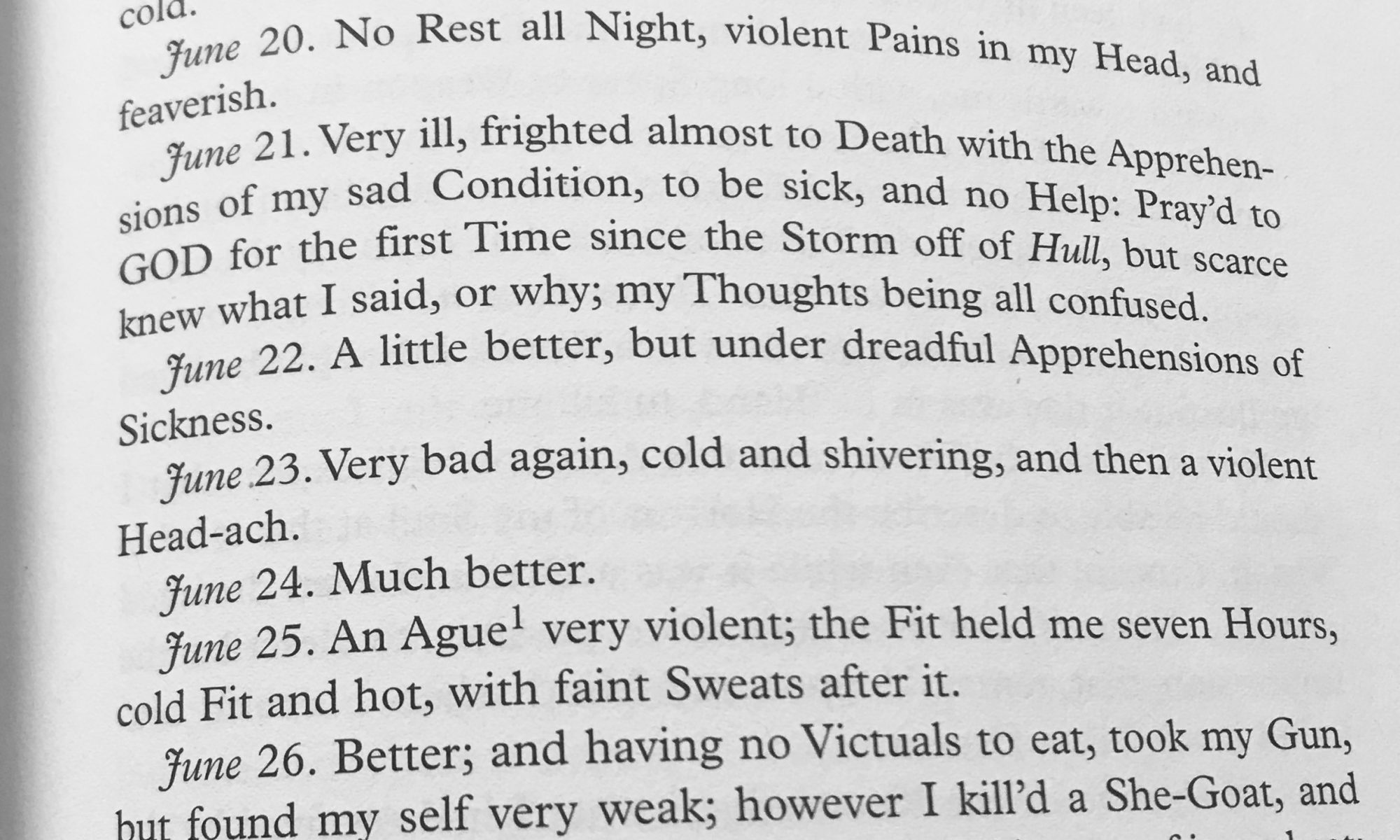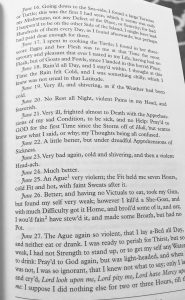During our class trip to The Ackland Art Museum, I was struck with an epiphany: I far prefer reading adaptations versus observing them in art. This conclusion was not only drawn from my time at the Ackland, but the visit did reinforce that viewpoint.
While I am certainly grateful for every experience that I have to become more cultured and to learn more about the world around me, I found the analysis of the pieces difficult. Unlike literature, where most things are spelled out, the art required me to do a new kind of analysis and to arrive at some difficult conclusions. I partially blame this struggle to understand art on my analytical brain, as I don’t have a large imagination to see what a piece of art truly means.
Ruysdael’s River Landscape with Fisherman truly illustrates my struggle as I tried to understand a deeper meaning. On the surface, the painting displays a serene scene of ships floating on the water, approaching a nearby town. The superficial elements of this piece were easy to comprehend, but I completely missed the other components of the painting that foreshadowed a coming storm. This slight oversight caused me to miss a key aspect of the painting, and this struggle was consistent throughout many of the pieces that we viewed.
Another particular piece that I wrestled with was Hodgkins’ Looking at the Sea. The impressionistic style is extremely imaginative, and I could not understand the painting at all. While I thought the delicate waves were beautiful, I struggled to connect it to the shipwreck theme and Robinson Crusoe. After an explanation from the leader of the tour, I understood what the piece was trying to accomplish, but I would not have been able to come to this conclusion without her help.
Even though I found the deeper themes and meanings of the pieces difficult to understand, I thought that the experience of looking at the sheer talent of the artists was incredible. I really enjoyed Rose Piper’s Eve and the Serpent. The vibrant colors of this painting were eye-catching and drew me to the piece. I also liked the almost cartoonish style of painting that was used to depict this very serious scene. I particularly enjoyed this work because it was easy for me to connect to its intertextual meaning, as I have a religious background, and I am very familiar with the story of Adam and Eve. I also liked how the tour guide described the song on which the painting was based, revealing even more intertextual elements.
While I did not always grasp the complex meanings of the pieces, I really enjoyed the visit overall. I truly value any opportunity not only to become more connected with my own culture but to also view the pure talent of many of these great artists. Thus, even though I might prefer reading a book as a way to gain exposure to adaptations, the visit was interesting and enlightening because it made me more aware of the frequent use of intertextual elements in art.

